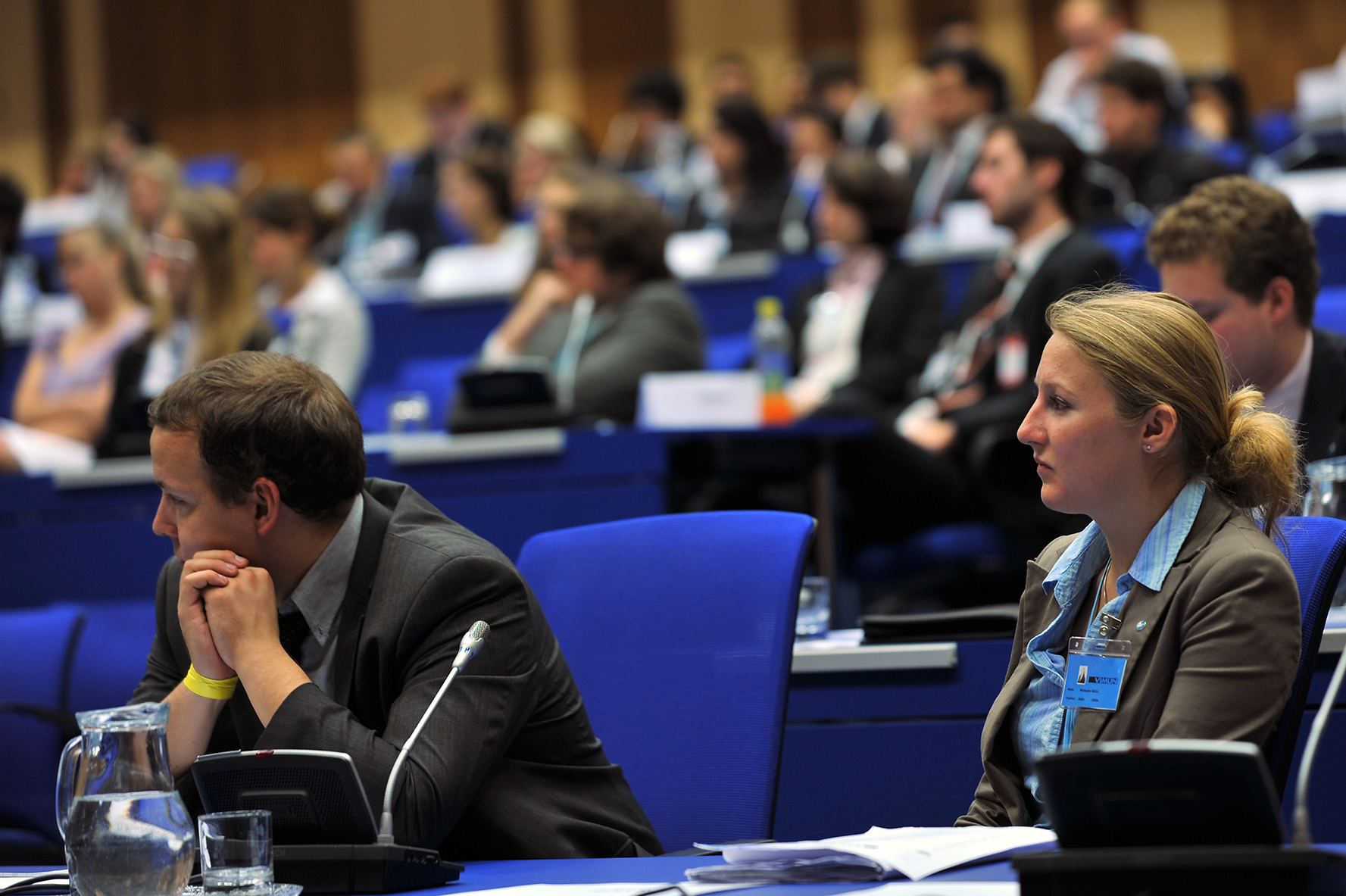As nuclear technology plays a significant role in energy generation, efforts to ensure the long-term sustainability of nuclear safety are crucial. Recently, young people in many countries have been turning away from careers in nuclear. With nuclear safety relying on a robust transfer of knowledge to new generations, how can the international nuclear community attract young people to careers in nuclear in general and nuclear safety in particular?
“To adapt to a changing world, we have to infuse the nuclear sector with new energy and new perspectives, and ensure it is attracting the best and brightest,” said Rumina Velshi, President of the Canadian Nuclear Safety Commission (CNSC). Velshi understands that national regulators such as the CNSC have a duty to attract and retain young people to nuclear careers in order to ensure the highest levels of safety. “When we exclude — or fail to open ourselves up to — part of the population, we fall short of our potential,” said Velshi.

